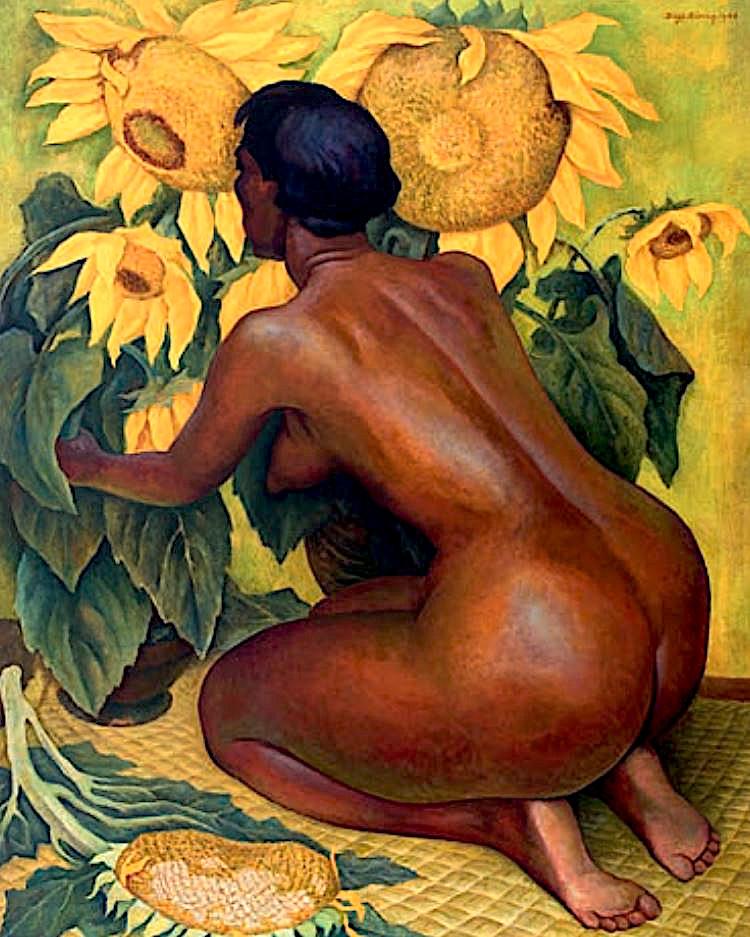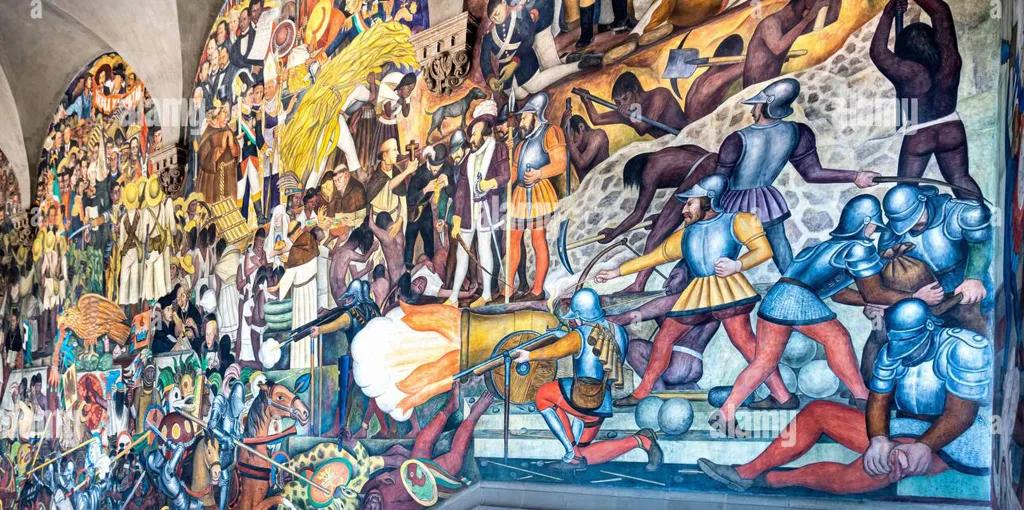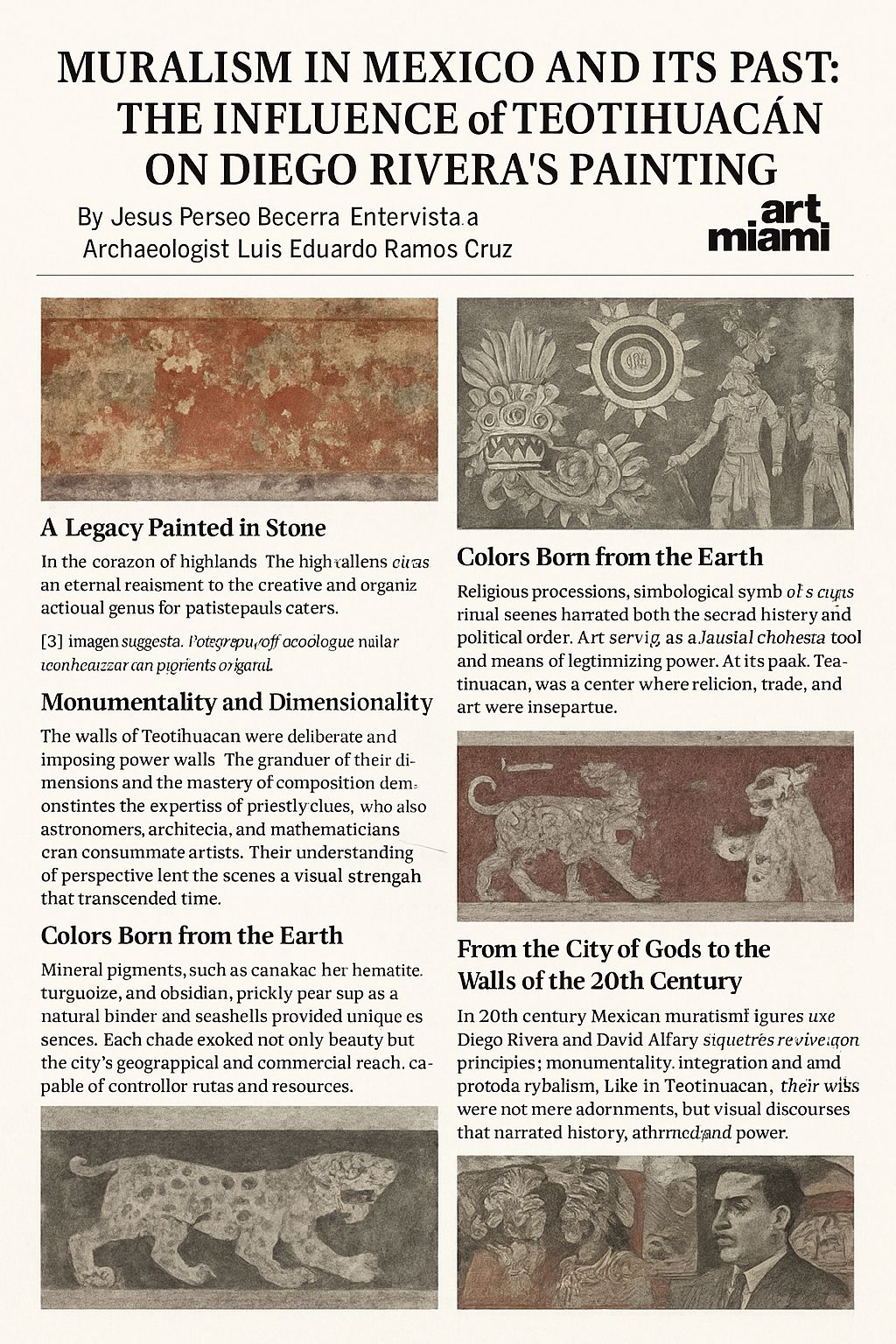Teotihuacán and Diego Rivera: His Influence on Mexican Muralism
By Jesús Perseo Becerra – Reflections and Analysis by Archaeologist Luis Eduardo Ramos Cruz
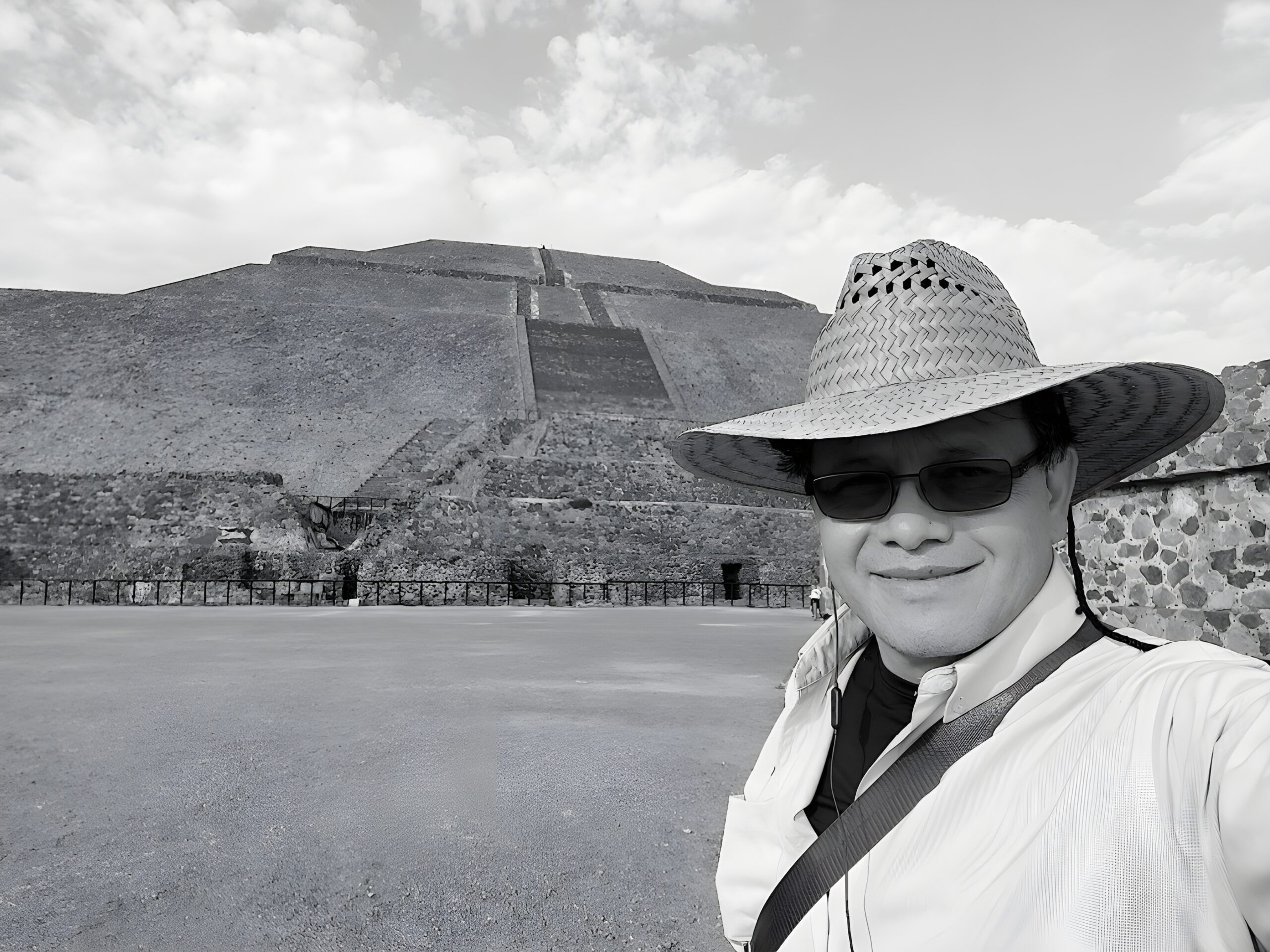
A Cultural Mosaic Called Mesoamerica
For thousands of years, successive waves of tribes populated Mesoamerica, bringing with them a remarkable diversity of physical traits, languages, and cultural expressions. Despite these differences, a unifying thread has always run through their historical development: culture.
The term “Mesoamerica” is more than a geographical reference—it is, above all, a cultural concept. For anthropologist Paul Kirchhoff, it was a vast super-area inhabited by civilizations that developed in what we now call ancient Mexico. It was home to numerous peoples, each with their own distinct traits, yet all part of a region defined by advanced social organization, artistry, and agriculture.
The Shared Foundations of Mesoamerican Civilizations
Ramos Cruz notes that Mesoamerican cultures shared strikingly similar characteristics: truncated pyramid bases, polytheistic religion, ritual cannibalism, dual calendars (a 365-day solar calendar and a 260-day ritual calendar), 52-year cycles, hieroglyphic writing, the ballgame, human sacrifice, a symbolic division of the universe into four directions, and complex systems of governance and belief.
Each region’s uniqueness was shaped by its environment, which determined its economic base, social organization, and technological development. These elements formed the building blocks of what we recognize as a distinct cultural face.
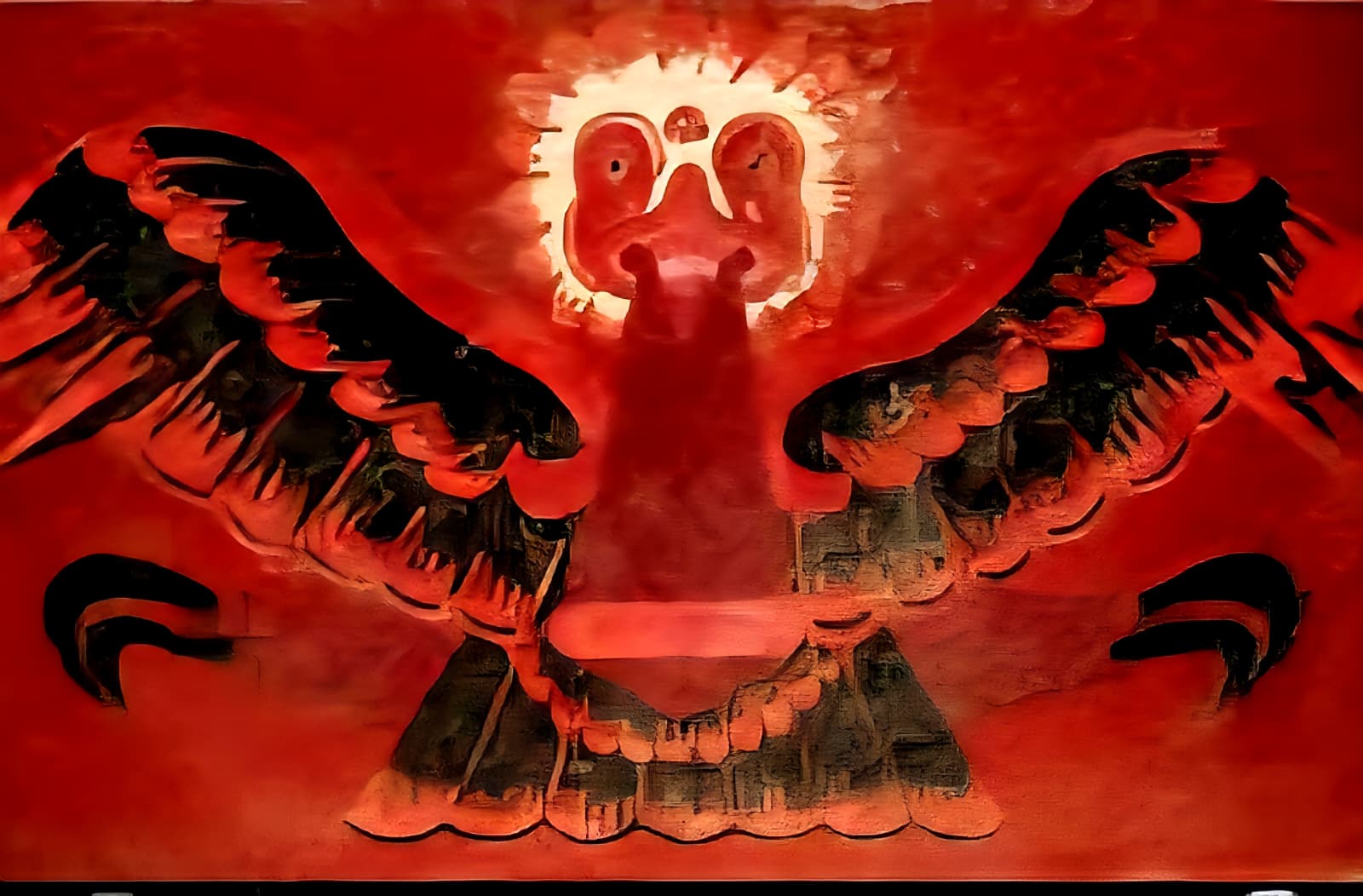
Heritage in the Everyday
Cultural heritage is not solely contained in monumental architecture or museum collections—it lives in songs, flavors, the expressions of the elderly, the laughter of children, rituals, prayers, and seasonal celebrations.
Mexico, poetically speaking, is a seed of maize in the heart of humanity—a land born of tortillas, nourished by the labor and spirit of its people. This grain, cultivated for millennia, remains the flesh and sustenance of the Mexican identity.
The Spiritual Guardians of Knowledge
Elders were revered for their wisdom and served as intermediaries between the earthly and spiritual realms. Among the Maya, the Chilam Balam—jaguar-priests and interpreters of the gods—delivered divine messages from the darkness of temples in trance-like states. In the Central Highlands, the Teopixque fulfilled similar roles, orchestrating sacred ceremonies.
In Maya tradition, the act of “being born” was understood as “being reborn.” Baptism, or Caput-Zihil, meant a return to spiritual life. This concept of cultural rebirth is one Diego Rivera embraced through his murals, drawing inspiration from the visual heritage of Teotihuacán.
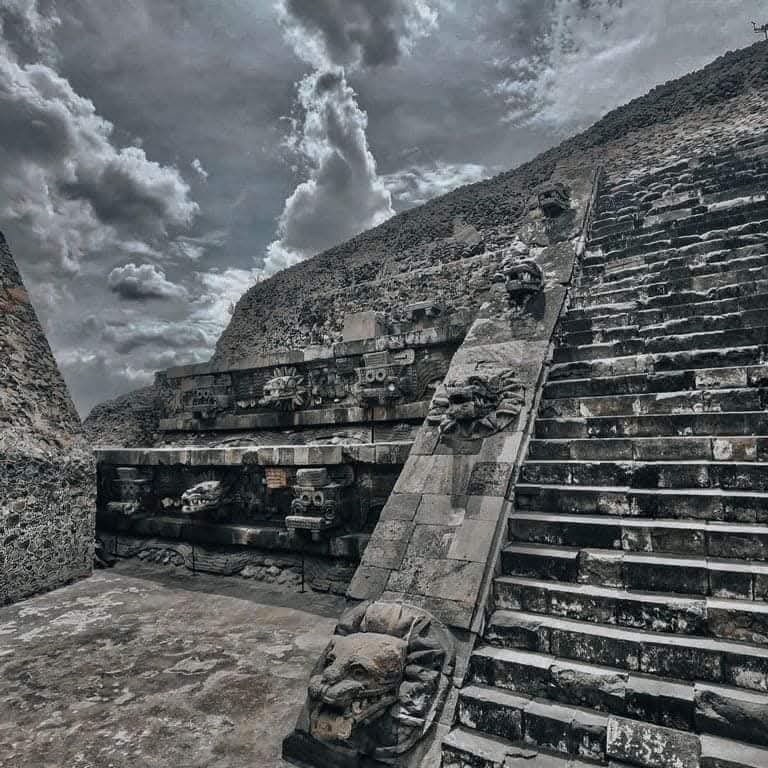
Teotihuacán: City of the Painted Universe
Teotihuacán, at its peak, housed over 300,000 people and was entirely painted—its temples, homes, and ceremonial spaces adorned with vivid murals. These images blended religious symbolism, cosmology, and the rhythms of daily life, creating a living canvas that shaped the city’s spiritual and cultural identity.
For Rivera, Teotihuacán was a revelation—a visual and philosophical foundation for what would become his monumental contribution to Mexican muralism.
Seeds of Identity and Symbolism
The Maya saying, “Plant a word, and your ideas will grow in the hearts of your people,” encapsulates the essence of cultural transmission. Symbols—whether carved in stone, painted on walls, or woven into textiles—carried meanings that defined identity and history.
For Ramos Cruz, pre-Hispanic symbols form the “face” of culture, allowing societies to see themselves in their ancestral mirror. Without them, he warns, we risk becoming a people without form or identity.
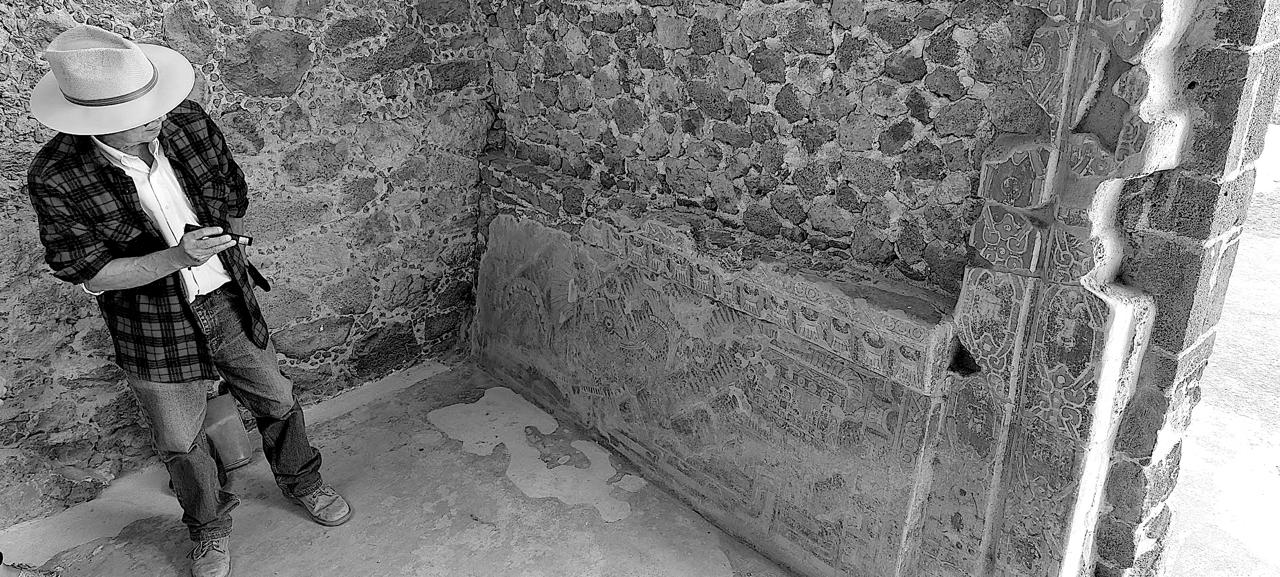
Man Between Heaven and Earth
In Mesoamerican cosmology, humanity exists between the celestial and terrestrial realms—in the domain of maize. This worldview fostered a reverence for all living things and an awareness of the delicate balance between human action and the natural world.
Modern technological progress, while extraordinary, has distanced us from this harmony. Rivera’s work, in part, sought to restore it through visual narratives that reconnected people to their origins.
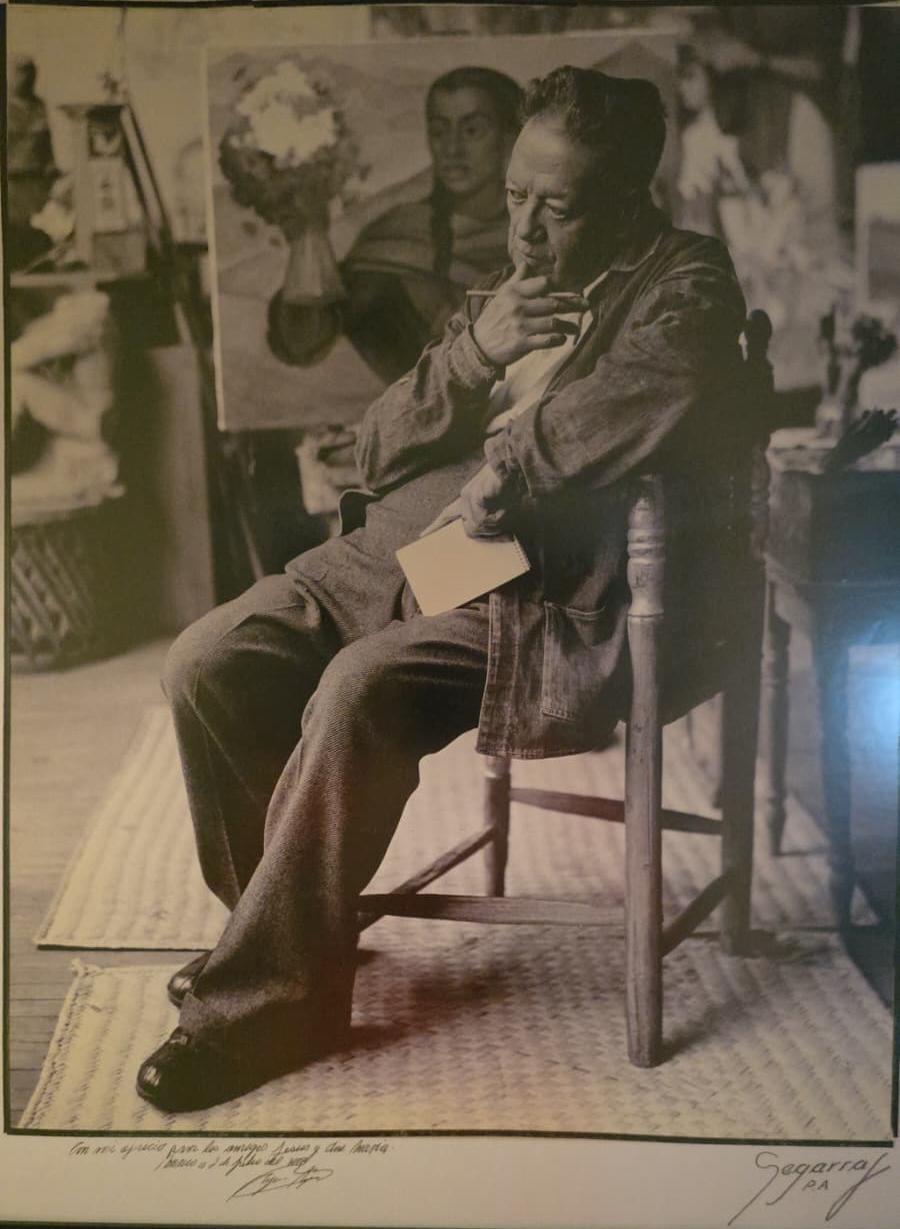
Diego Rivera: Muralist and Cultural Intercessor
Rivera’s murals synthesize pre-Hispanic imagery with episodes from Mexican history—Independence heroes like Hidalgo and Morelos, revolutionary figures such as Zapata and Villa, and scenes of labor struggles and social movements.
In Teotihuacán, Rivera lived among the community, exchanging stories and creating art. One well-known anecdote recalls his gift of a painting to Teófila Romero of San Sebastián Xolalpa. Her grandson, nicknamed “El Diente,” would secretly pawn the artwork for jars of pulque, unaware of its true value. The tale, humorous and human, became part of local folklore, deepening Rivera’s connection to the town.
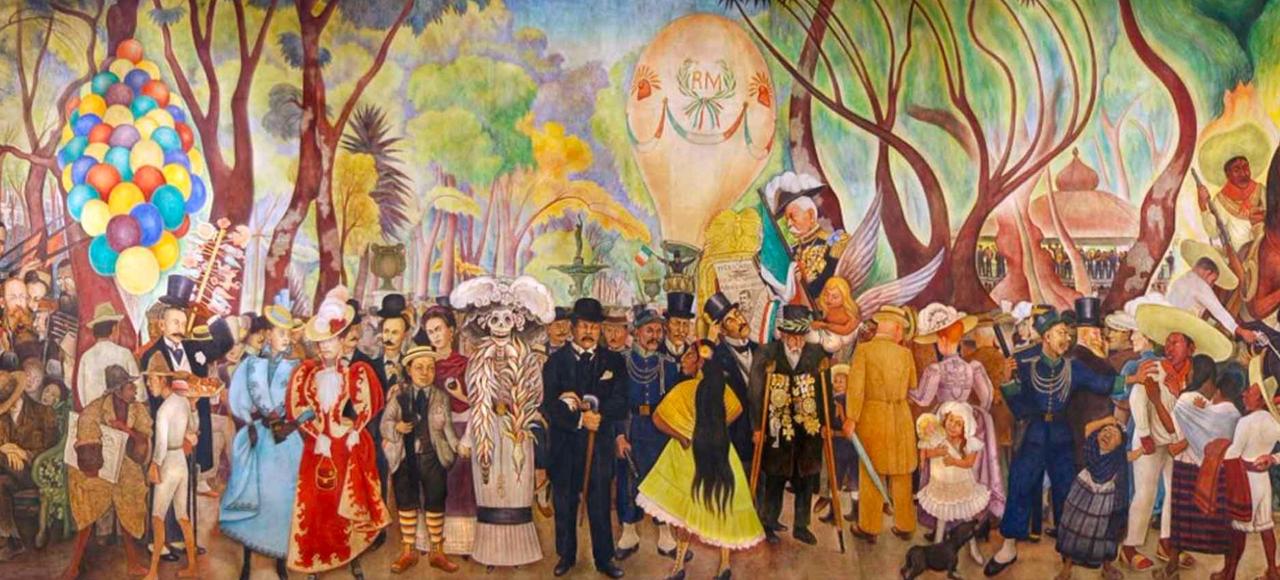
Through his art, Rivera acted as a bridge—an interpreter of ancestral wisdom—seeking his own identity within the muralist movement, and offering Mexico, and the world, a cultural face woven from the threads of Mesoamerican heritage.
